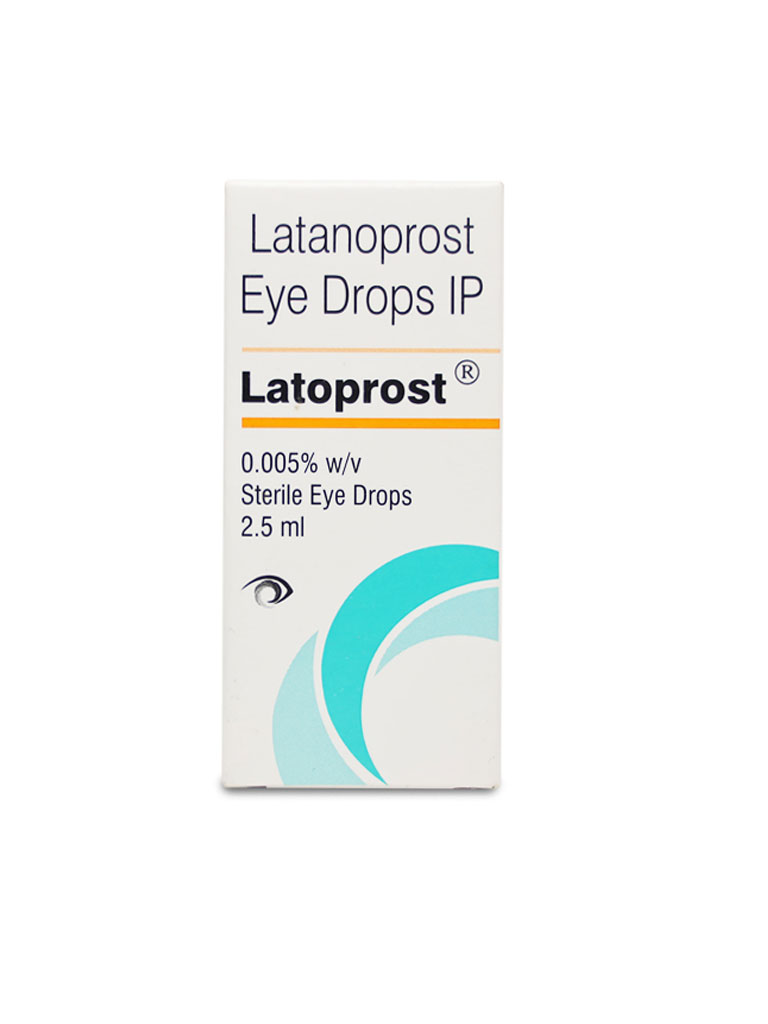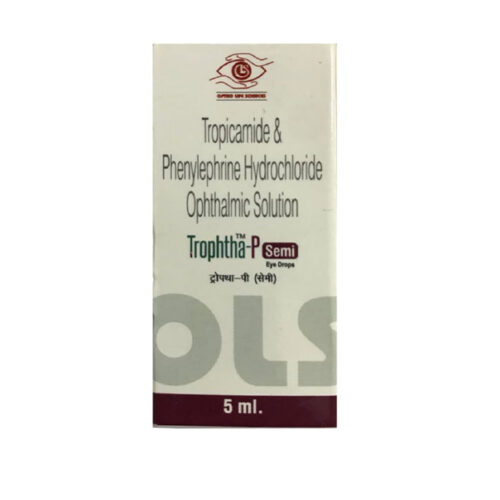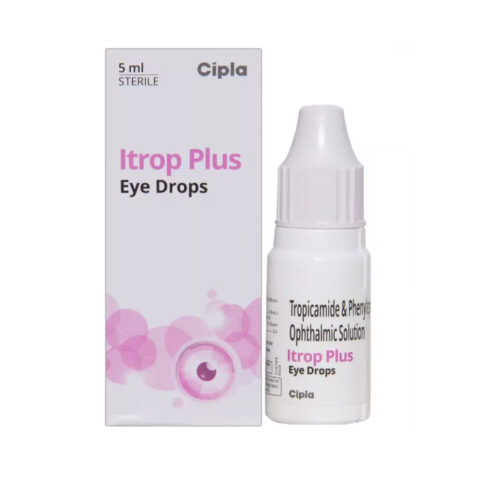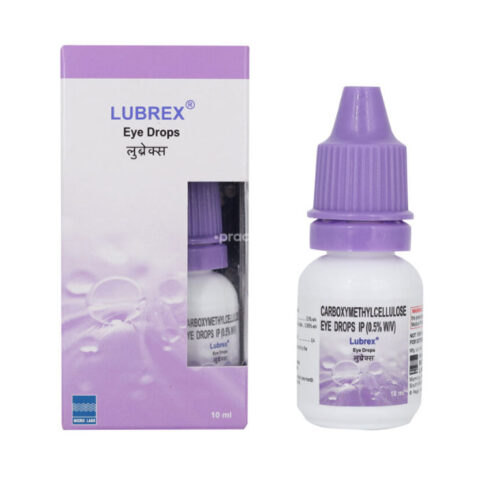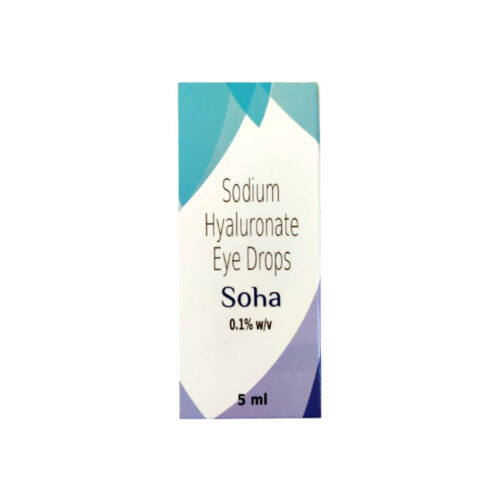Description
What is Latoprost® Eye Drop?
Latoprost® Eye Drops are used in open-angle glaucoma treatment. It contains the prostaglandin analog latanoprost. The mechanism of action is the reduction of intraocular pressure by promoting aqueous humor egress.
Glaucoma is a leading cause of irreversible vision loss. The disease progresses slowly and irreversibly. Patients are often asymptomatic because they keep a sharp central visual acuity until all peripheral vision is lost.
Unlike cataracts, in which surgery restores visual acuity, in glaucoma, once vision is lost, there is no way of reversing it.
Nevertheless, several medical treatments can keep open-angle glaucoma under control and hinder its progression to blindness.
The treatment of glaucoma relies on reducing the tension inside the eyes. Several medications opt to reinstate the equilibrium between aqueous humor secretion and egress.
Intraocular pressure lowering is associated with significant positive prognostics.
Latanoprost effect on the eye begins after 4 hours of application and reaches a peak after 8 hours. The therapeutic activity lasts for more than 24 hours. Hence, it allows for intraocular pressure stability and a single dosage per day.
Latoprost 0.005 % Eye Drops is a prostaglandin analog that is used for the treatment of increased fluid pressure inside the eye (intraocular hypertension) and open-angle glaucoma, a progressive condition that may eventually lead to vision loss. This medicine is not recommended for use in patients below 18 years of age.
Latanoprost eye drops are used to treat certain kinds of glaucoma. It is also used to treat a condition called hypertension of the eye-alone or together with other medicines to lower pressure inside the eye that is caused by open-angle glaucoma or ocular (eye) hypertension. Latanoprost appears to work by increasing the outflow of fluid from the eye. This lowers the pressure in the eye.
Latanoprost belongs to a class of drugs called prostaglandin inhibitors. A class of drugs is a group of medications that work in a similar way. These drugs are often used to treat similar conditions. Latanoprost works by lowering the pressure in your eyes. It does this by helping to increase the natural flow of fluids out of your eye.
Latanoprost, a derivative of the chemical, prostaglandin F2-alpha, is used for the treatment of glaucoma. Glaucoma is a condition in which the pressure exerted by the liquid within the eyeball (the aqueous humor) is too great. The high pressure damages the optic nerve at the back of the eye. The damage interferes with the ability of the nerve to transmit visual images from the eye to the brain and thus can lead to blindness.
Prostaglandins control the flow of the aqueous humor out of the eye. Latanoprost, by binding to a specific receptor for prostaglandin, increases the flow of aqueous humor out of the eye, thereby reducing the pressure within the eye and reducing the risk of nerve damage and blindness. When latanoprost and timolol (Timoptic) (a different drug that also is used to treat glaucoma) are used in combination, there is a greater reduction in pressure than when either drug is used alone. Latanoprost was approved by the FDA in 1996.
Mechanism of action
Glaucoma is a disease where progressive damage to the optic nerve leads to vision loss. The principal underlying mechanism is increased pressure inside the eye.
The eye keeps its shape and physical properties because it is filled with fluids.
Aqueous humor is in a constant state of renewal. Excessive fluids inside the eye may result from accelerated production or defective drainage of aqueous humor.
Latanoprost promotes aqueous humor outflow through the uveoscleral pathway. Several studies reported its efficiency in restoring aqueous humor pressure balance.
Latanoprost side effects
The more common side effects of Latanoprost can include:
- changes in your eye color
- changes in the thickness, length, or color of your eyelashes
- darkening of the skin around your eyes
- blurred vision
- burning or stinging
- dry eyes
If these effects are mild, they may go away within a few days or a couple of weeks. If they’re more severe or don’t go away, talk to your doctor or pharmacist.
How to use Latanoprost Eye Drops
- This medicine is for external use only. Take it in the dose and duration as advised by your doctor.
- Check the label for directions before use. Hold the dropper close to the eye without touching it.
- Gently squeeze the dropper and place the medicine inside the lower eyelid. Wipe off extra liquid.
The proper application of glaucoma eyedrops ensures maximum efficiency and prevents infections and side effects.
Before you start, make sure you are working on a clean canvas. Wash your hands and face and clean your eyes from make-up or cosmetic debris.
Tilt your head upwards as if looking for the ceiling. With your fingers, pull on your lower eyelid to create a pouch on which the drop falls. Lightly squeeze on the bottle, so only one drop falls on the pocket.
Avoid touching your eye with the bottle tip. To prevent contamination, keep the tip of the bottle free of touching septic surfaces, such as the skin, the eye, or fingers.
Latanoprost has many advantages over the rest of glaucoma drugs. It is relatively safe. It has a longer duration of action, allowing for a single daily dose. Its mechanism of action targets the underlying cause of high intraocular pressure.
The FDA approved Latanoprost eye drops as a safe and risk-free open-angle glaucoma.
The side effects range from temporary irritation to long-term complications (very rare).
Temporary side effects occur upon application: blurred vision, stinging sensation, eyelid edema, dry eyes, itching, redness.
At the beginning of treatment, the patients develop red eyes due to conjunctival hyperemia. This side effect lessens with prolonged use.
Latanoprost is a prostaglandin-like molecule that shares the same properties. Prostaglandins enhance melanin production.
Topical application of latanoprost may result in discoloration of light irises, darker eyelids, and overgrowth of eyelashes.

